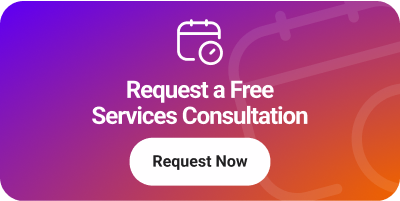Writing course objectives for eLearning courses is an important step in the course development process. These objectives serve as the roadmap for the course, outlining the specific skills and knowledge that learners will acquire by the end of the course. In this blog post, we will explore the steps involved in writing effective course objectives for eLearning courses.
Begin by understanding the needs of your learners. Before you can write meaningful course objectives, you must first understand the needs and goals of your learners. What are they hoping to achieve by taking your course? What skills and knowledge do they hope to gain? Consider conducting a needs assessment to gather this information.
Determine Scope
Determine the scope of your course. Once you have a clear understanding of your learners' needs, you can begin to define the scope of your course. What topics will you cover? How much time will you spend on each topic? This will help you determine the length of your course and ensure that you are able to cover all of the material you need to.
Smart
Write specific, measurable, achievable, relevant, and time-bound (SMART) objectives. When writing your course objectives, it is important to make them specific, measurable, achievable, relevant, and time-bound (SMART). This will ensure that your objectives are clear and concise, and that learners know exactly what they need to do to meet them.
Example of Smart
For example, instead of writing an objective like "learn about marketing," you might write something like "by the end of the course, learners will be able to identify the four Ps of marketing and use them to create a marketing plan for a fictional product." This objective is specific (identify the four Ps of marketing), measurable (create a marketing plan), achievable (with the right resources and guidance), relevant (applies to marketing), and time-bound (by the end of the course).
Align
Align your objectives with your course content. Once you have written your course objectives, it is important to ensure that they are aligned with your course content. This means that the topics you cover and the activities you include should directly support the objectives you have set.
Review & Revise
Review and revise your objectives as needed. As you develop your course, you may find that your objectives need to be revised or updated. This is perfectly normal, and is a natural part of the course development process. Just be sure to regularly review and revise your objectives to ensure that they are still accurate and relevant.
Conclusion
In conclusion, writing course objectives for eLearning courses is an important step in the course development process. By following these steps, you can create clear, specific, and measurable objectives that will guide your learners through the course and help them achieve their learning goals.
Bonus
Since everyone like bonus content, here's a list of action words that can be used when writing course objectives: Analyze, Apply, Assess, Calculate, Compare, Complete, Create, Define, Demonstrate, Describe, Design, Develop, Evaluate, Explain, Identify, Implement, Interpret, Investigate, List, Locate, Organize, Outline, Perform, Plan, Predict, Prepare, Recognize, Reflect, Relate, Research, Review, Select, Solve, Summarize and Use.
Keep in mind that the action word you choose should be appropriate for the level of learning you are trying to achieve. For example, "list" might be appropriate for a lower level objective, while "analyze" would be more appropriate for a higher level objective.
Want to learn more about our eLearning products and services?

